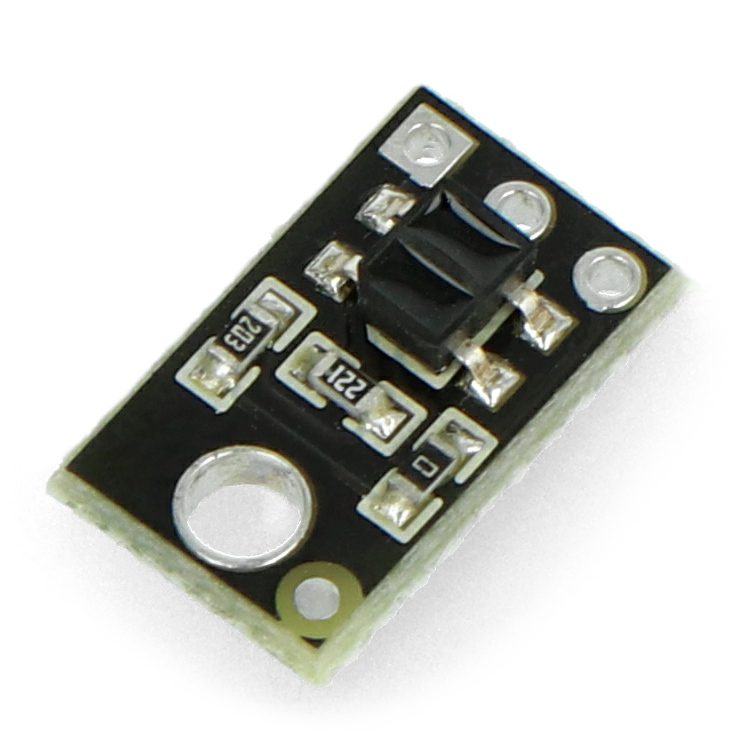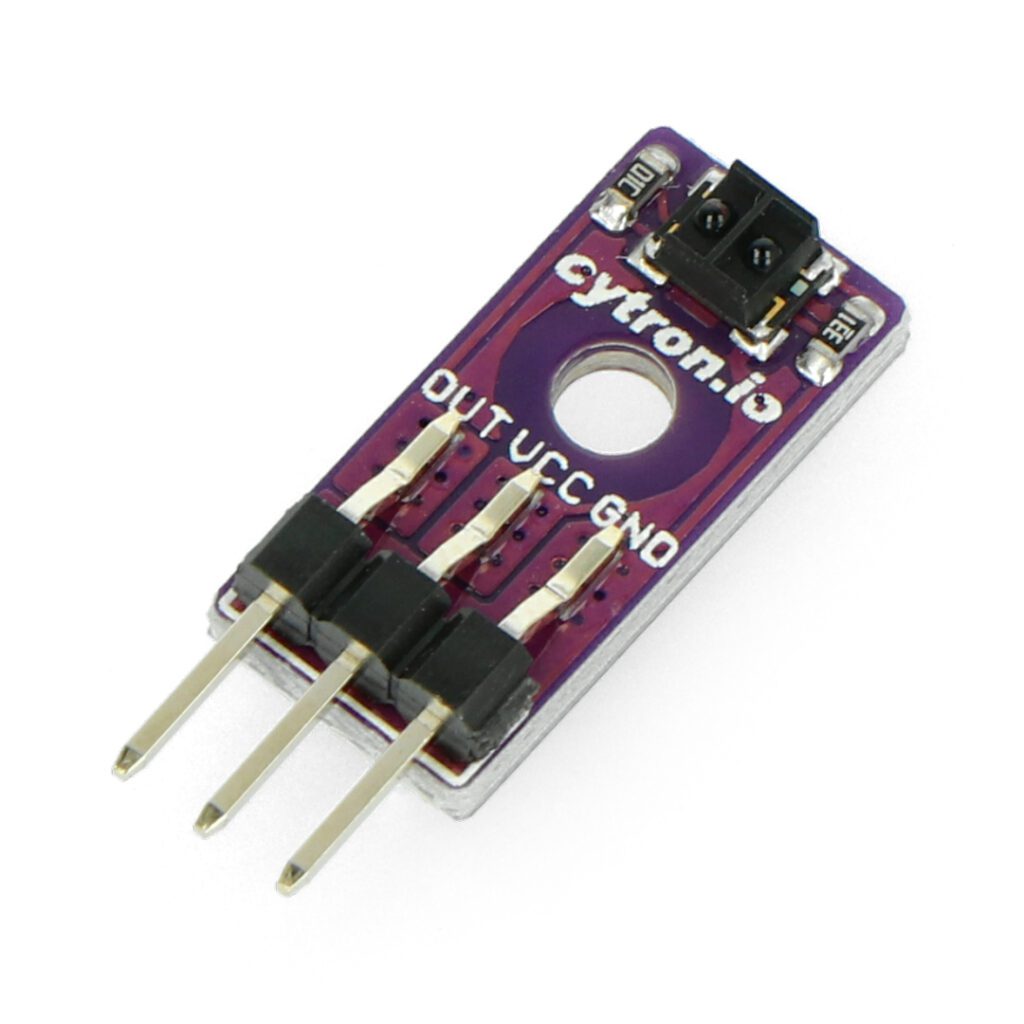Table of Contents:
Have you ever wondered how modern automation systems work and what a reflective sensor has to do with it? Discover the secrets of these inconspicuous devices that play a key role in many industrial sectors. In this article, we will take you through the principle of operation, types and practical application of reflective sensors.
What exactly are reflective sensors?
Reflective sensors
are advanced devices used in a variety of technologies and industries. Their working principle is to measure the reflection of the light beam, which allows precise recognition and tracking of objects.
The principle of reflection sensors in brief:
- Light emission – a reflective sensor uses a light-emitting diode (LED) that sends a beam of light in the direction of the object under test;
- Reflection – when a beam of light encounters an object, it bounces off the object and returns to the sensor;
- Light detection – the sensor is equipped with a photodiode, which is able to read reflected light. This information is transformed by the sensor into an electrical signal that can be interpreted and analyzed.
Thanks to this simple but ingenious operating principle, reflective sensors are extremely effective in detecting and tracking objects in various conditions. They are used in many fields, from the manufacturing industry to autonomous vehicle technology.
Types of reflection sensors
Among
reflective sensors
we can distinguish several types. Each is characterized by specific features, so they can be used in different conditions and for different tasks.
The most common types of reflection sensors are:
- Diffuse reflection sensors – in this type of sensor, the light source and detector are placed side by side. They are useful where short distances are important, such as in logistics;
- Reflective mirror (retroreflective) detectors – use a single light-emitting device and a mirror that reflects light back to the detector. They are very effective over long distances.
Regardless of the industry and application, it is likely that one of these types of reflective sensors can meet the challenge. It is therefore worth exploring the topic further to more fully understand the possibilities and benefits of using these versatile tools.
Reflective sensors - what principle do they work on?
Understanding the operation of
reflective sensors
is crucial in assessing their role in modern technology. These sensors, despite their complex operating principle, work on one simple idea – they use light to identify and track objects. This process takes place in several stages.
The first step is light emission. The light-emitting diode (LED) in the sensor releases a beam of light that is directed at the object to be detected. For reflective sensors, this direction is predetermined. Then there is a reflection of light. When the light reaches the object, it reflects off the object and returns to the sensor. This process is made possible by the specific structure of objects that are able to reflect light. The most important stage is light detection. When the reflected light returns to the sensor, it is recorded by a photodiode. This pear-shaped structure is able to read reflected light and convert this data into an electrical signal. This signal is then interpreted and analyzed to identify the object.
In summary, reflective sensors are advanced technological devices that use light to accurately identify objects. Their mode of operation is based on the principle of reflection and light detection, which allows precise identification and tracking of objects in various conditions.
Examples of applications of reflection sensors
Applications
reflective sensors
are extremely diverse and cover a wide range of industries. These small devices are successfully used, for example, in the manufacturing sector, where they are used to monitor production lines,track product movement and detect the presence or absence of various components. They ensure greater precision, speed and efficiency in processes. Reflective sensors are also finding applications in autonomous vehicle technology. They enable cars to recognize and avoid obstacles, which is crucial for safety.
In logistics, bounce sensors are invaluable for sorting packages. They allow quick and efficient recognition of goods, which makes work faster and easier. We also encounter their use in everyday life – for example, in barcode scanners or printers. They enable automatic data recognition and processing. As you can see, the application of reflective sensors is extremely wide, and their role in the modern world is growing. That’s why it’s worth understanding how they work so that you can take full advantage of their potential and capabilities.
Choosing the right sensor
Selection of
reflective sensor
should be carried out taking into account a number of factors, including specific detection requirements, distance, environmental conditions and application specifics.
The first step in selecting reflective sensors is to understand the type of object to be detected. Different materials reflect light differently, which can affect which sensor model is most suitable.
Another criterion is the distance from the detection object. Diffuse reflective sensors are best for short range, while retroreflective sensors are ideal for long range detection.
Environmental conditions, such as light levels, temperature, humidity or the presence of contaminants, can also affect sensor selection. Like any tool, these sensors have their limitations and perform best in a certain range of conditions.
Latest technologies in reflective sensors
New technologies are contributing to the increasing precision, reliability and versatility of these devices. Manufacturers are using the latest science and innovations to create reflective sensors that can perform even more effectively in the most demanding conditions.
Among the latest developments on the market are background-compensated sensors that can accurately detect objects regardless of their color, as well as translating advanced algorithms to improve detection of low-contrast objects. This continuous innovation is making reflective sensors increasingly indispensable in many industrial and technological sectors.
How useful was this post?
Click on a star to rate it!
Average rating 0 / 5. Vote count: 0
No votes so far! Be the first to rate this post.





















